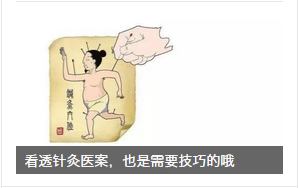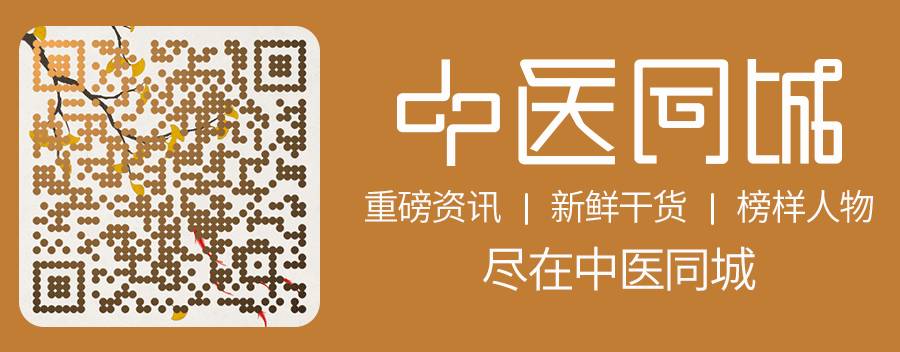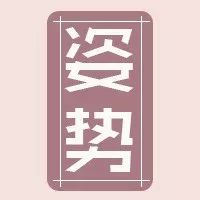Decoction powders are “small in dosage, quickly soluble in water, fully utilize the medicinal properties, have lasting effects, and reduce medical costs” while also “saving a large amount of medicinal materials without losing the essence of decoction formulas.”
“Decoction powders should be restored and applied”
Diseases have initial, middle, and late stages, and medicinal forms include decoctions, pills, and powders. Based on the classification of syndromes, the variety of diseases, the evolution of the disease course, and the requirements for decoction conditions, it is possible to achieve diversification of dosage forms in the current pharmacy context.
Decoctions, pills, powders, and pastes, with internal treatment and external therapies, each dosage form has its advantages. It is not necessary to rigidly adhere to large decoction formulas. In this way, practitioners can choose appropriately and apply them, benefiting both doctors and patients, and it is worth trying.
For example, due to historical reasons, the long-lost “decoction powders,” now referred to as san jian (散煎剂), should be restored to use. Its method originated from the Qin and Han dynasties’ “huo ju” (㕮咀), reaching its peak during the Song and Yuan dynasties. According to statistics, the “He Ji Ju Fang” lists 769 formulas, with decoction powders accounting for 380; Xu Shuwei’s “Pu Ji Ben Shi Fang” consists almost entirely of “coarse” decoction juices for consumption. Its superiority lies in that after the herbs are ground into coarse powder, the contact surface with water is greatly increased, allowing the effective components to dissolve almost completely with slight boiling.
A small amount of decoction powder can almost replace the efficacy of large doses of herbal decoctions. The recent scholar Mr. Pu Fuzhou is particularly adept at using this method; he stated: “I use Yu Ping Feng San (玉屏风散) ground into coarse powder, 3-5 qian (10-15g), decocted for satisfactory results. A colleague used a large dose of decoction for foot ailments but found relief by switching to a smaller dose of decoction powder.” (From “Pu Fuzhou’s Medical Experience”).
The advantages of decoction powders can be summarized as: small dosage, quick solubility in water, full utilization of medicinal properties, lasting effects, reduced medical costs, alleviating the current issue of expensive medical care, and saving a large amount of medicinal materials while retaining the essence of decoction formulas, especially suitable for chronic diseases with stubborn conditions and prolonged treatment courses.
Ancient methods should be revived.
Copyright Statement
This article is sourced from “Clinical Fragmentary Gold Record,” authored by Zhang Qionglin and Zhang Shantang, published by China Traditional Chinese Medicine Press.Editor/Ban Xia.
Copyright belongs to the relevant rights holders. If there are any improper uses, please feel free to contact us.

Selected Readings for Young TCM Practitioners
▼


 -Business Contact-
-Business Contact-
Chief Connector WeChat|meleyan
-For Reprints and Originals-
Chief Secretary WeChat|zytc_zs


